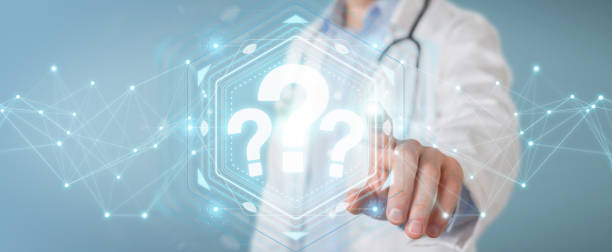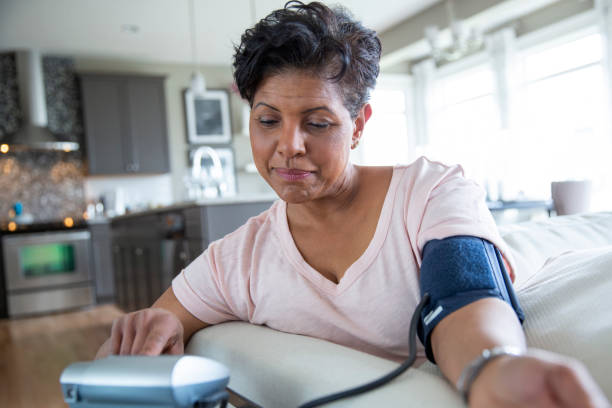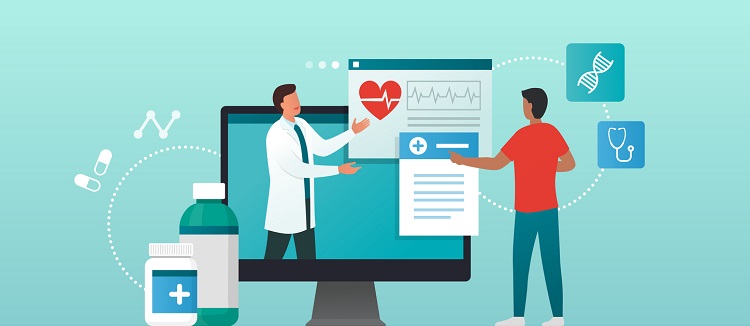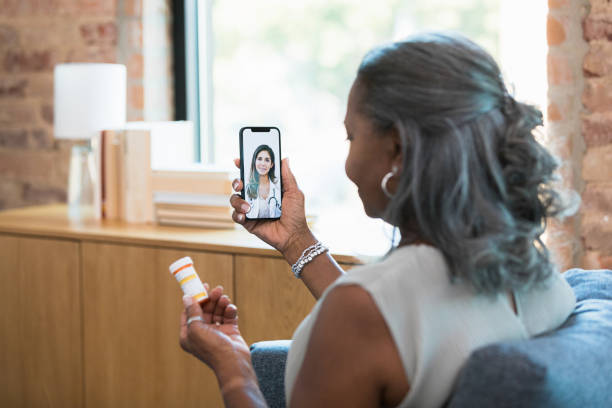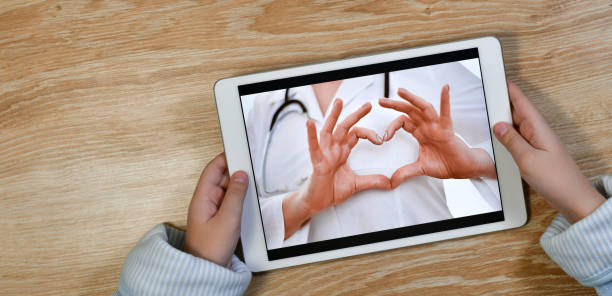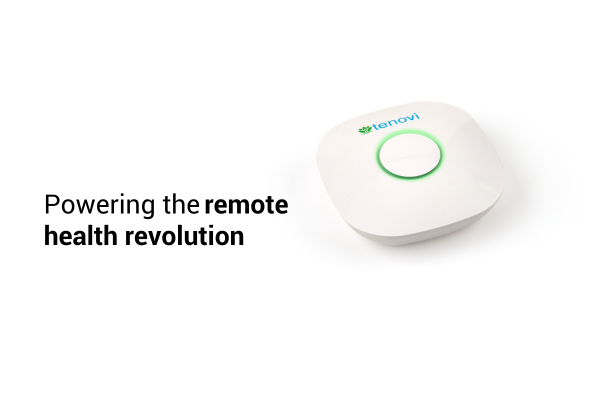CPT Code 99091 Billing Guidelines for Remote Patient Monitoring
In 2002, the Centers for Medicare and Medicaid Services (CMS) first developed CPT code 99091 billing guidelines for remote patient monitoring (RPM) services. It was bundled along with RPM CPT billing codes. By 2018, the billing code became separate for the time it takes to analyze and interpret patient physiological data to treat patient health […]
CPT Code 99091 Billing Guidelines for Remote Patient Monitoring Read More »

